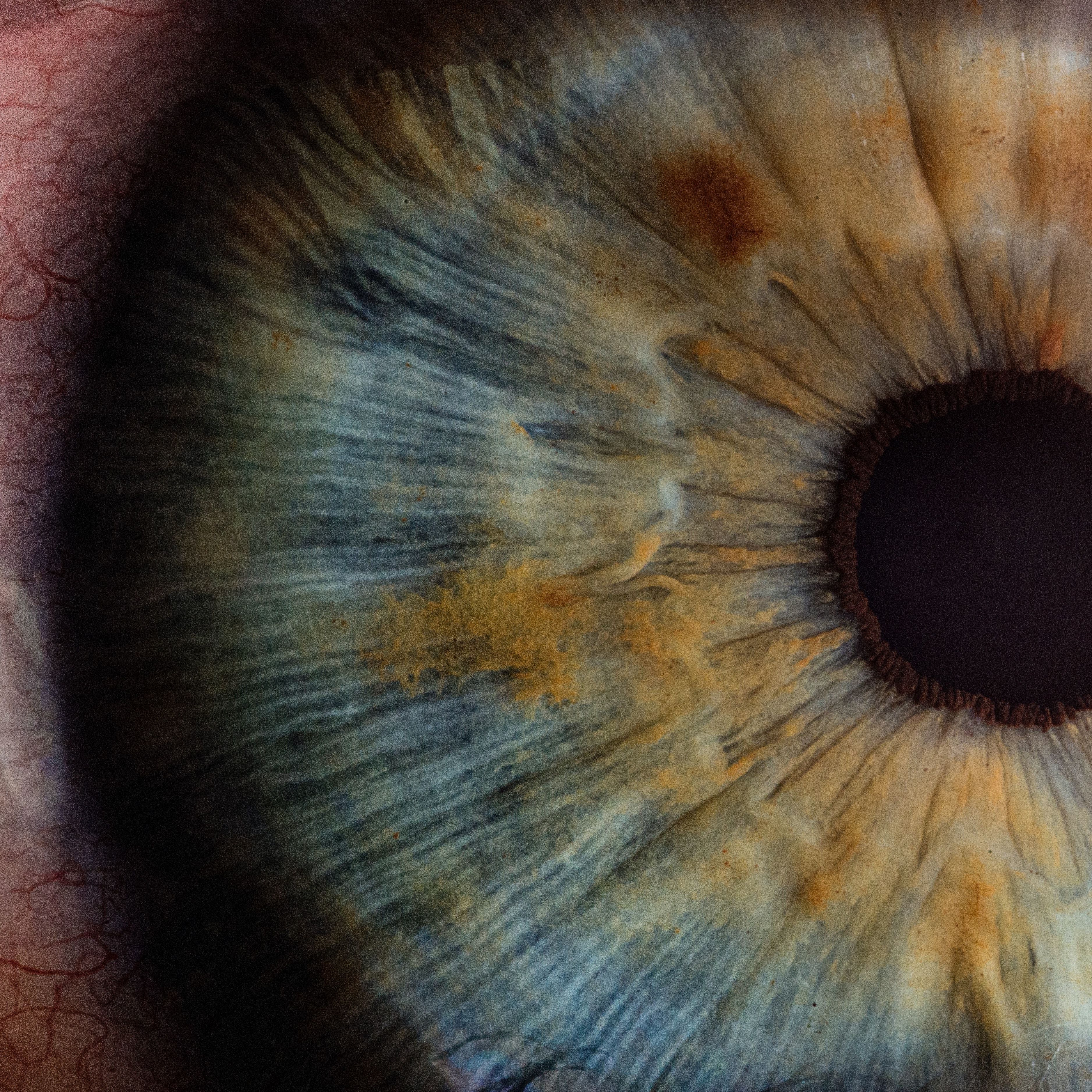Glycemia-Associated Corneal Neurodegeneration May Begin Before Onset of T2D
Study data suggest the amount of damage to the corneal nerve fibers increased in line with the amount of impairment to glucose metabolism.

Insights from a recent population-based trial suggest that glycemia-associated corneal neurodegeneration is a continuous process that begins before the onset of type 2 diabetes (T2D).
Both a more adverse glucose metabolism status and higher levels of glycemia were linearly and independently associated with corneal neurodegeneration, according to the study data.
“We know from other studies that it typically takes three to five years to progress from prediabetes to type 2 diabetes,” wrote study author Sara Mokhtar, Department of Internal Medicine, Maastricht University Medical Center. “Our results, from the first study of its kind, suggest that high levels of blood sugar can begin to damage corneal nerves long before type 2 diabetes develops.”
The findings were presented at the European Association for the Study of Diabetes 2022 Meeting in Stockholm, Sweden.
Diabetic neuropathy remains an indicative complication of T2D in the cornea, according to Mokhtar. Early morphological changes of small nerve fibers are evident when utilizing corneal confocal microscopy.
As a result, Mohktar and colleagues wanted to assess the association of glucose metabolism status and different continuous measures of glycemia with corneal nerve fiber measures.
After adjustments for demographics, cardiovascular risk, and lifestyle factors, investigators studied the associations between glucose metabolism status (prediabetes and T2D vs normal glucose metabolism status) and measures of glycemia (fasting plasma glucose, 2-hour postload glucose, HbA1c, skin autofluorescence, and duration of diabetes) with a z-score of corneal nerve fiber measures or with individual corneal fiber measures (corneal nerve branch density, fiber density, fiber length, and fractal dimension).
Linear regression analyses were used by investigators and P for trend analyses for glucose metabolism status.
The population-based cross-sectional data from the Maastricht Study of 3.471 participants (mean age, 59.4 years) included 48.4% men. Data show 14.7% with prediabetes, and 21% with T2D, leaving 64.3% with neither T2D or prediabetes.
Investigators found the level of damage to the corneal nerve fibers increased equivalent to the amount of impairment to glucose metabolism. The data suggest the amount of corneal nerve damage was 8% higher in those with prediabetes compared to those with normal glucose metabolism and additionally 8% higher in those with T2D than those with prediabetes.
Meanwhile, in comparing individuals with T2D with those with normal glucose metabolism, those with T2D had 14% more nerve damage, according to the findings.
Moreover, a higher level of fasting plasma glucose, including 2-hour post-load glucose and HbA1c, skin autofluorescence, and duration of diabetes had significant associations with higher levels of corneal nerve damage. Investigators observed similar associations for individual corneal nerve fiber measures.
They added that the higher the blood sugar levels, the greater the damage, while participants who had diabetes for longer had more damage to their corneal nerves.
Mokhtar noted that further research will be required to investigate whether the early reduction of hyperglycemia can prevent corneal neurodegeneration.
“Nerve damage in the cornea is relatively easy to measure and provides a window to nerve damage elsewhere in the body. If we could pick up nerve damage early on, we might be able to delay or prevent it and the problems it causes, and so significantly improve quality of life,” Mokhtar said
The study, “Pre(diabetes) and a higher level of glycemia are continuously associated with corneal neurodegeneration: The Maastricht Study,” was presented at EASD 2022 Stockholm.